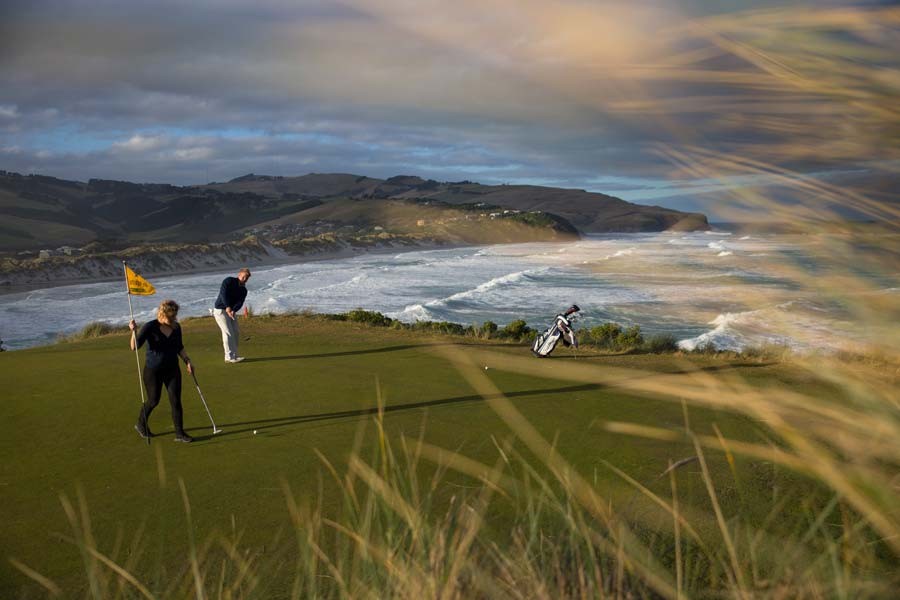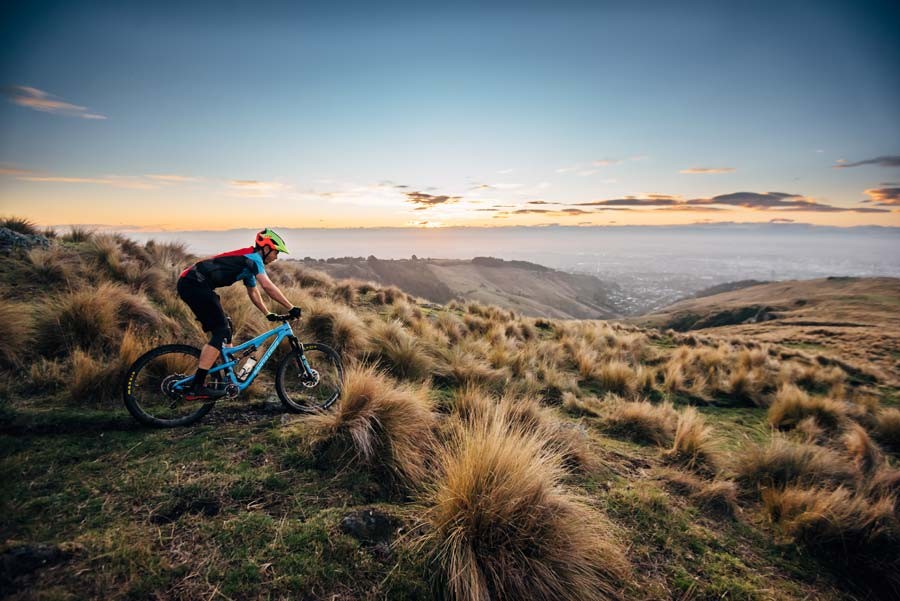New Zealand is one of the best places in the world to get out on the golf course. Top class courses are set against magnificent scenic panoramas.
A climate that’s conducive to outdoor activity all year round makes golf extremely popular. As a result, New Zealand has over 400 courses – that’s more golf courses per capita than any other country! Even better, the country has some of the world’s least expensive golfing and visitors are always warmly welcomed. Larger courses typically have golf carts and clubs for hire.
Spectacular international-class courses like Kauri Cliffs in Northland, Gulf Harbour Country Club north of Auckland, Clearwater Resort in Christchurch and Millbrook Resort in Queenstown are not cheap, but playing them is guaranteed to be unforgettable. Hewn out of the landscape or perched on dramatic cliffs, they present both a challenge and an unforgettable experience to novices and experts alike. You might even opt to stay at or near one of these prestigious courses for a few days and really indulge your passion for the game.
On the other hand, there’s also an excellent selection of inexpensive golf courses scattered the length of the country, even in the smallest rural village. They may not have the most luxurious of facilities, but the scenery is likely to be superb all the same – and the game challenging. What’s more, these courses are great value for beginners and experienced golfers alike, with green fees starting from just NZ$10 in some places.
Additional Fields
-
Photo: DunedinNZ














